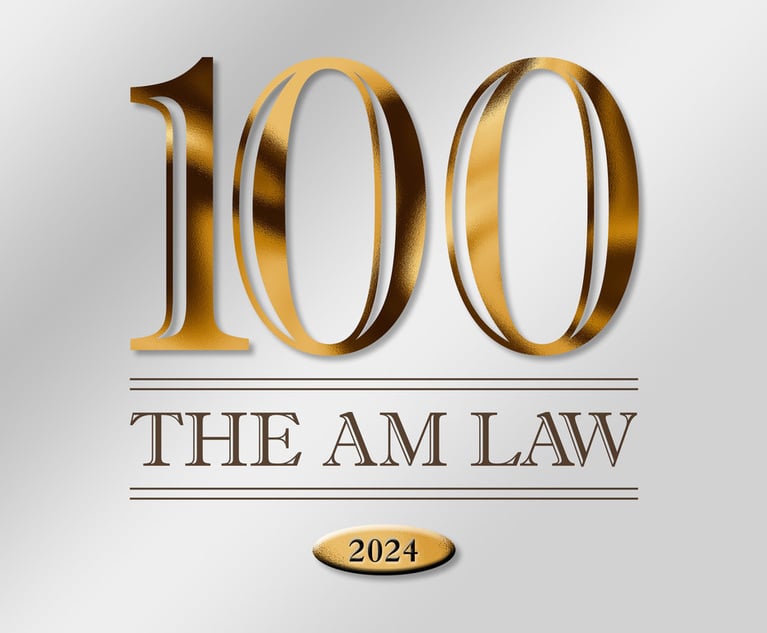Waiting in line to check out at Whole Foods, a headline caught my eye. It was tiny, barely noticeable in black ink against a blue background in the upper left corner of a magazine I had never seen before. The headline read “How Mind Training Makes Better Lawyers.” This was in June 2013 and the magazine was called Mindful. Six years later, the watershed moment seems to have arrived for lawyers and mindfulness. The ABA adopted resolutions at its midyear meeting focused on improving lawyer well-being. The American Lawyer just launched “Mind Over Matters,” a year-long effort dedicated to raising awareness of mental health and addiction issues that plague the legal sector. With the mindfulness movement sweeping the nation—an entire special edition of Time Magazine this month is devoted to “The New Mindfulness”—it is natural to wonder how law firms, the organizations in which lawyers operate, are contributing to the lawyer experience.
The obvious culprit, of course, seems to be the billable hour. The pressure to work more hours inherently drives people to spend too much time working and not enough time doing the things that alleviate stress. Yet billable hours alone can’t be to blame. Utilization rates are down significantly. The most recent ”Legal Executive Institute Report on the State of the Legal Market 2019″ shows average hours, which dropped during the 2008-2009 recession, never recovered. In 2018, average monthly billable hours land at just 122 per month, or about 1,400 a year. Then there’s the nature of the work, particularly high-stakes, high-demand cases. These types of deadlines and pressures certainly heighten stress levels. Yet the percentage of these cases is relatively small compared to the number of lawyers practicing. So, if lawyers are working less and high-pressure matters are limited, why isn’t their quality of life improving?


 Marcie Borgal Shunk.
Marcie Borgal Shunk.




